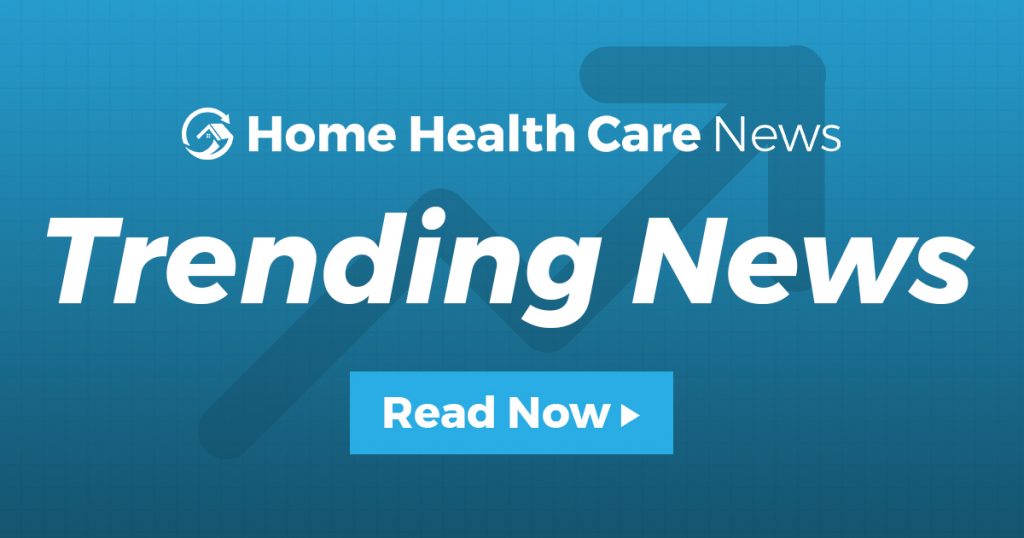
With Choose Home Up In the Air, Providers Consider Preparation Strategies
The home health industry at large is excited about the prospects of the Choose Home Care Act of 2021.
For now, it’s been tabled in Washington, D.C., due to a variety of reasons, including it being an election year. It’s also – to some extent – been cast aside in home providers’ minds, given all the mayhem going on related to the Centers for Medicare & Medicaid Services’ (CMS) proposed rule for 2023.
If the Choose Home legislation does come to fruition, it could be a massive tailwind for providers. The catch is that not all providers will benefit.
Instead, the ones that will benefit will be the ones that become designated Choose Home agencies. And in order to become that, they’ll likely need to begin prepping now for a bill that could come through as early next year, or never come to fruition at all.
“If this sounds good to you, what you should be working on now is to prepare yourself so that you can become a designated Choose Home agency,” Deborah Hoyt, senior vice president of public policy for Axxess, said last week at the National Association for Home Care & Hospice’s (NAHC) Financial Management Conference.
Dallas-based Axxess is technology company that develops cloud-based software solutions for home health, home care and hospice agencies across the country.
Broadly, Choose Home would allow for more skilled nursing facility (SNF) diversion in post-acute care, allowing home health agencies – utilizing an add-on to their existing home health benefit – to care for more higher-acuity patients in the home.
“Though it’s not yet enacted, there’s a lot of things that you can start doing today to help your organization prepare questions that you need to be asking,” Maria Warren, the VP of clinical consulting at McBee Associates, also said at FMC. “In approaching anything, whether it be Choose Home, a hospital-at-home program, diversifying services or implementing new technology, you want to take everything into a strategic assessment.”
That strategic assessment should include five steps, Warren said:
– Establish governance, strategy team and pilot team.
– Outline the current state of the agency, collecting as much data as possible, as well a GAP analysis
– Conduct external assessment – analyzing competitors, the market and other findings. This step should also include considering partnerships as well as other M&A opportunities.
– Act on data: “Look to integrative technologies and AI to better align staff to your patient population needs. Use predictive analytics to identify patient needs and prioritize patient visits.”
– Continuously measure and monitor; the final step is to use data to drive action and accountability internally and externally to get desired results
To prepare or not
The steps to preparing for Choose Home raise another question for every home health agency: ‘Is this worth my time?’
There are a group of providers who absolutely believe in Choose Home and think they should invest all the resources necessary to prepare themselves for it. There is another group of providers who are weighing whether the investment for preparation is worth it for legislation that may never come to fruition, but believe these steps will help their agency no matter what. Finally, there is a group of providers who may just not find preparation worth their time, especially at this point.
In a separate conversation, NAHC President William A. Dombi told Home Health Care News that providers in other sectors will sometimes ignore new legislation or regulation entirely, because the investment to prepare outweighs the downside or upside in the future.
“Hospitals were told they were going to be penalized 2% unless they did [a certain set of things] relating to readmission rates,” Dombi said. “And some analyzed how much it would take to get there. And some said, ‘It’ll cost me more than 2%, so why bother? I’ll take the 2% penalty, rather than a 3% increase in cost with only a 2% return.’”
That’s not an apples-to-apples comparison for Choose Home, but it is similar to the Home Health Value-Based Purchasing (HHVBP) Model, which will go live on Jan. 1. Some providers poured ample resources and training dollars into preparing for HHVBP – sometimes more than $1 million.
Others have done what they can to prepare, but don’t think a small, negative adjustment in the coming years is worth doing away with hundreds of thousands of dollars to prepare.
And it is similar to Choose Home in that way. Especially for something that has not been enacted, providers are grappling with that question of how much to prepare.
“As a Choose Home agency, your home health agency will be working very closely with the hospital in terms of discharge, but also on the back end as well,” Hoyt said. “So this is a reimbursement structure that could be really significant when you think about it. CMS is going to be giving us a little bit more money. And it’s an opportunity for us to really get paid for this good work, which [a lot of you] have been doing already.”